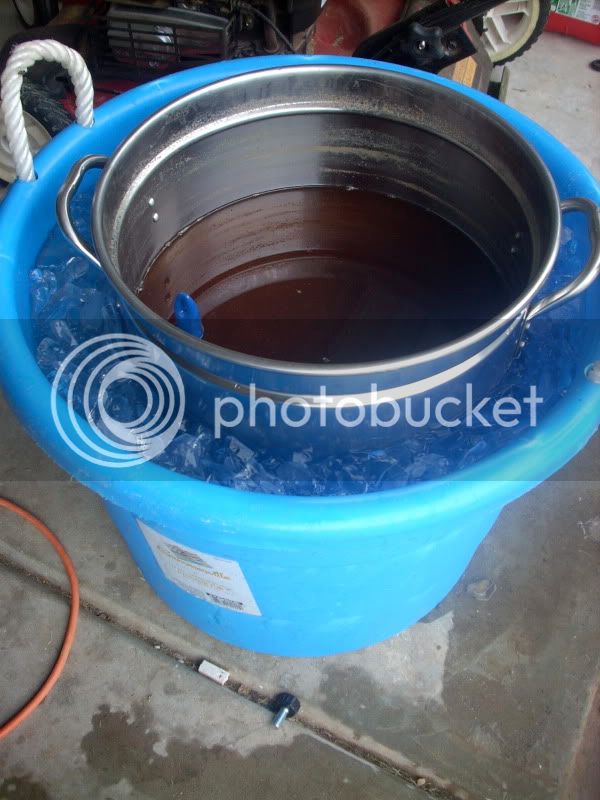jigidyjim
Well-Known Member
I was thinking of ways to get my ice-bath time down, and I realized that when you use a wort chiller, the lid isn't flush on the kettle... I wonder how much this has an affect on the chill speed?
maybe I could do something similar when I'm ice-bathing, just crack open the kettle lid with something?
maybe I could do something similar when I'm ice-bathing, just crack open the kettle lid with something?



